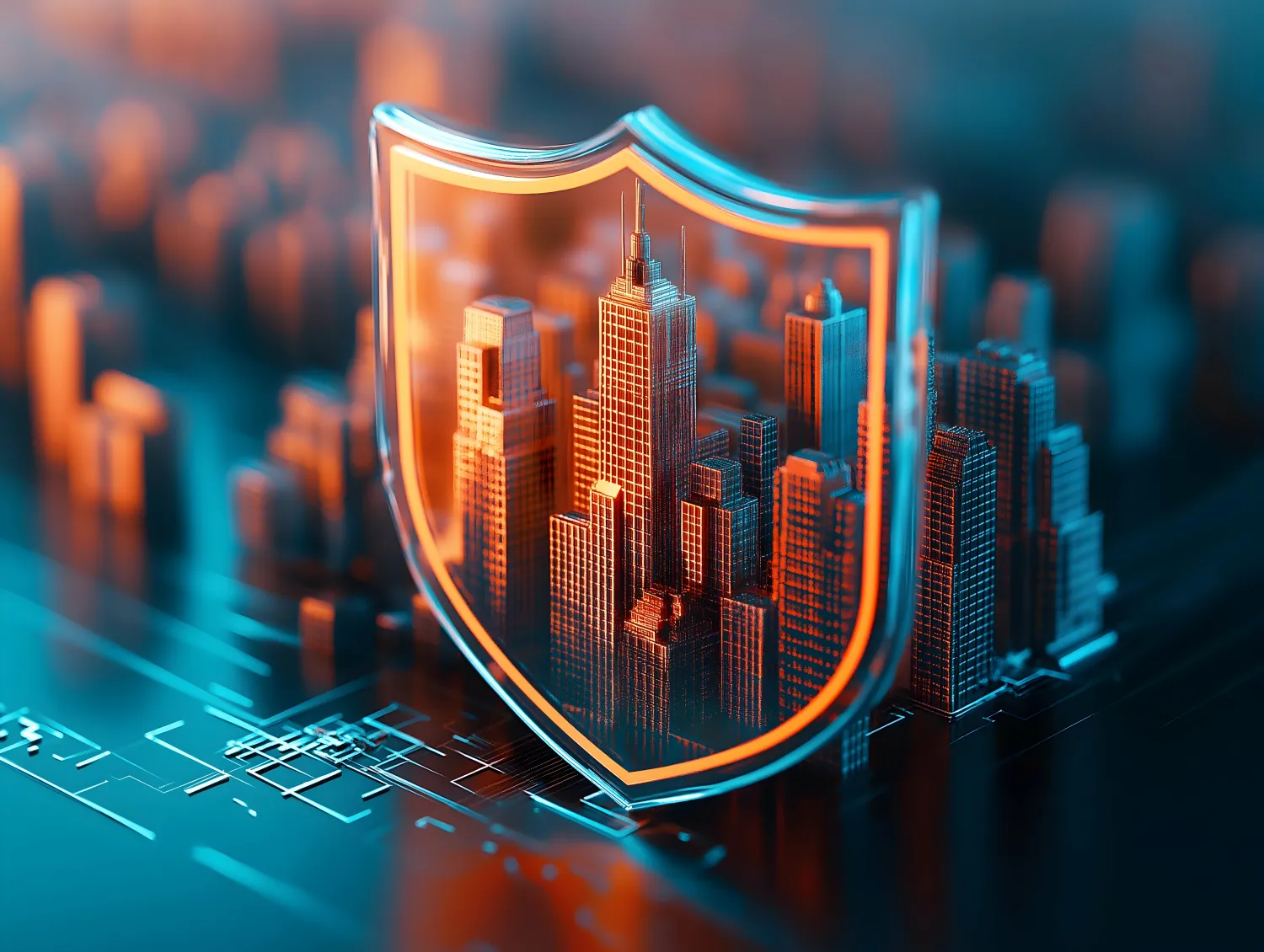Cybersecurity & Artificial Intelligence: a new era of threats
Protecting our systems from AI-powered cyberattacks


AI and cybercrime: the upset balance
Artificial intelligence, between protection and threat
At a time when artificial intelligence technologies are becoming increasingly widespread, cybercriminals are redoubling their ingenuity to design ever more effective attacks. In 2025, AI is becoming not only a protection tool for IT security experts, but also a formidable weapon in the hands of hackers.
The automation of AI attacks and the emergence of malicious deepfakes are overturning traditional defense models. Businesses now face threats that are faster, stealthier and more sophisticated, calling into question the effectiveness of conventional security systems.
In response to this growing risk, cybersecurity players are developing solutions to meet the challenges. The integration of artificial intelligence into protection tools now makes it possible to anticipate suspicious behavior, identify weak signals invisible to the human eye, and react in real time to an intrusion.
Detection and response systems (EDR and XDR), behavioral analysis based on machine learning, and intelligent firewalls are becoming indispensable for building an adaptive defense architecture. At the same time, security can no longer rely on technology alone: ongoing team training, strict protocols and human vigilance are a crucial complementary line of defense.
Our articles
Augmented cybersecurity: fighting back against AI threats
Need cybersecurity support?
Whether you’re a business, local authority or independent professional, it’s essential to act before a threat arises. Our experts can help you assess your vulnerabilities and implement protection solutions tailored to AI-related risks.


